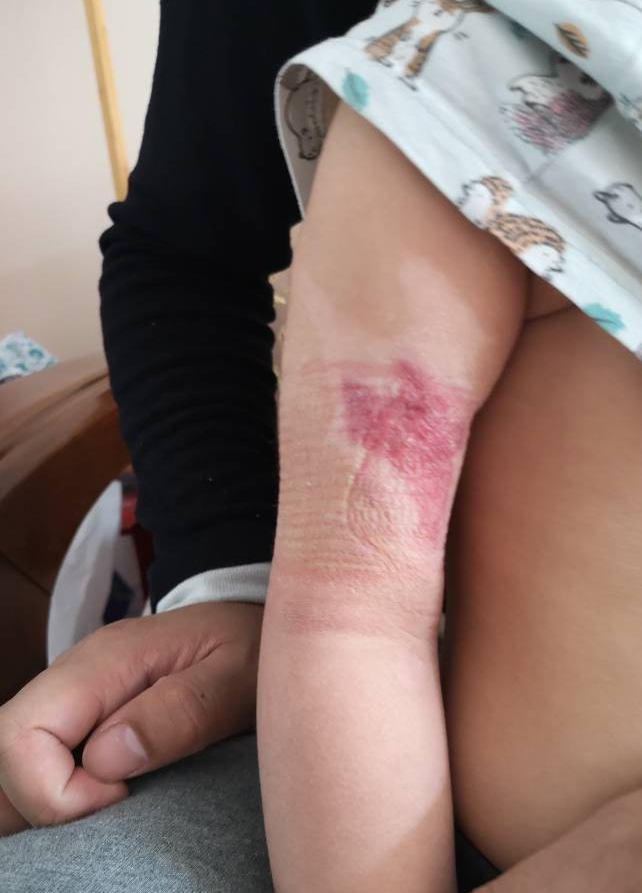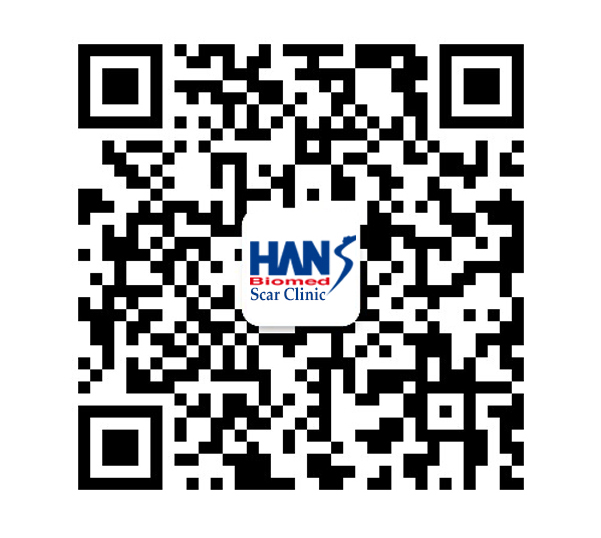
Notes on the use of elastic sleeves
The method of preventing and treating scar hyperplasia by continuously pressing the elastic fabric on the scar area is called pressure therapy. Early use of pressure therapy can reduce scar formation and promote scar maturation. Pressure therapy has the advantages of safety, simplicity, low cost, and positive effects. It is suitable for patients with uncomfortable (willing) surgery. It is currently listed as one of the most common and effective methods for the prevention and treatment of hypertrophic scars. Commonly used pressure therapies include elastic bandage compression method, self-adhesive bandage compression method, sponge compression fixation pad, elastic garment (set) compression, silicone film application compression and other methods.
Medical elastic sleeves must be measured by professionals, tailored after pressure measurement. The elastic sleeve needs to be as tight as possible if the patient can tolerate it and does not affect the blood circulation to the distal limbs. The general pressure is 20-40mmHg. Different elastic materials have different stretchability, so they must be strictly measured and use different zoom ratios. Pay attention to the following points when using:
1. In principle, continuous pressure is applied 24 hours a day, and pressure is also required when sleeping, otherwise the effect of daytime pressure therapy will be offset. Children are in the period of growth and development, and the compression time varies from person to person, usually 16-18 hours.
2. The duration of stress treatment should not be less than 3 months, try to reach more than 8 months, or even longer.
3. If the wound is not healed, the skin is damaged and there is exudation, the dressing should be covered before wearing the elastic sleeve to avoid soiling the elastic sleeve.

4. In order to avoid scar itching and skin damage caused by itching, you can use ointment or anti-itch cream, washing and scrubbing before wearing the elastic sleeve. For most people, proper pressure can reduce itching at the scar.
5. A small number of patients have blisters during the wearing of elastic sleeves, especially newly healed wounds or cross-joint areas, which can be relieved by placing pads. If blisters occur, they should be kept clean and covered with a non-stick sterile liner. The elastic sleeve should be worn continuously, and stop using when there is wound infection.
6. When bathing and applying emollient oil, the elastic sleeve can be removed, but it should be put on within half an hour.
7. Avoid excessive pulling on the elastic sleeve when putting on or taking off, otherwise the elastic sleeve will easily become loose.
8. It is recommended that each patient is equipped with at least 2 elastic sleeves for alternate use, which is convenient for daily replacement and cleaning. Do not machine wash or expose to sunlight. Wash with neutral detergent and air dry. Two-piece rotation wear will generally change in 3 months. The pressure should be re-evaluated or re-customized.



